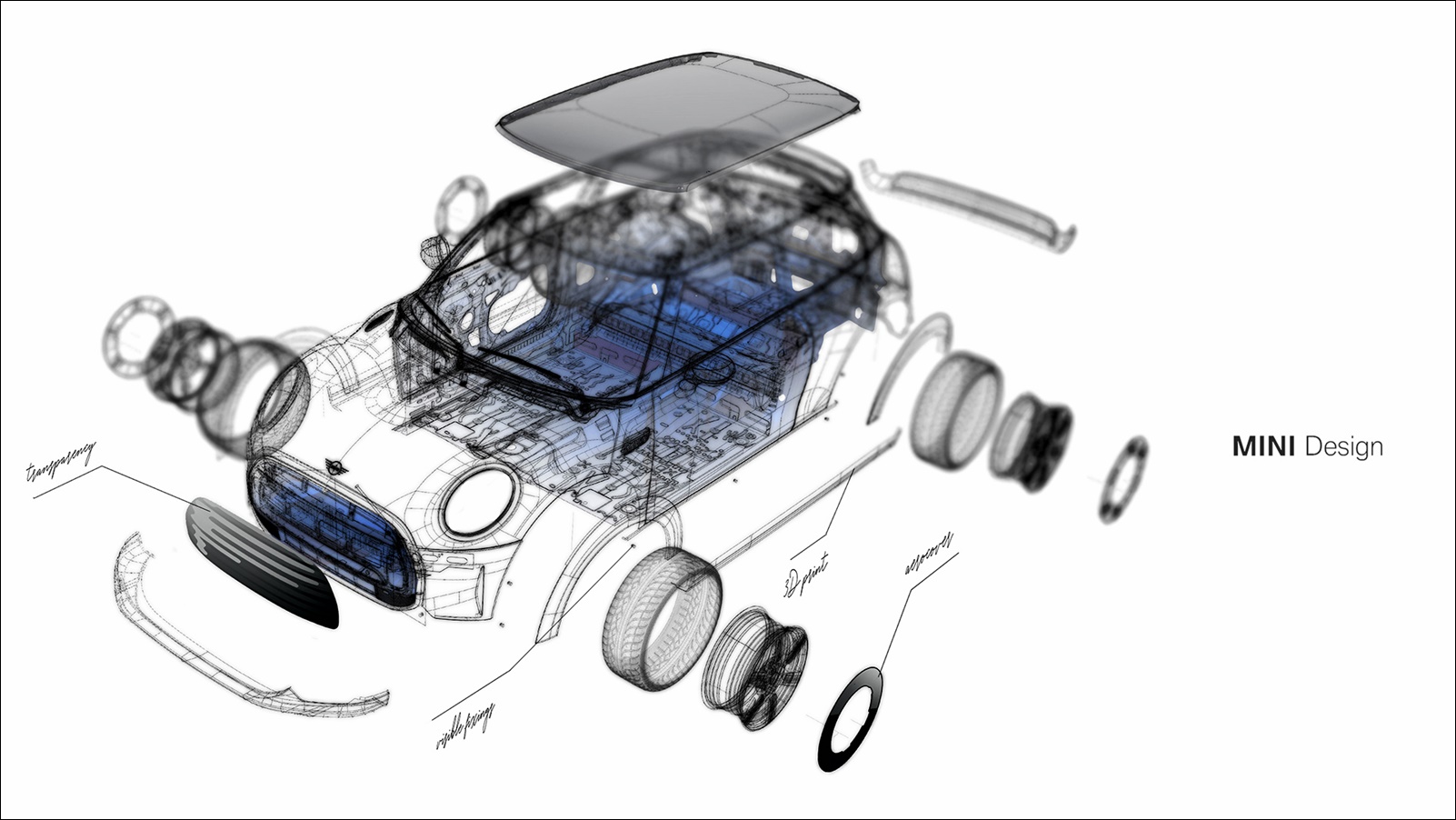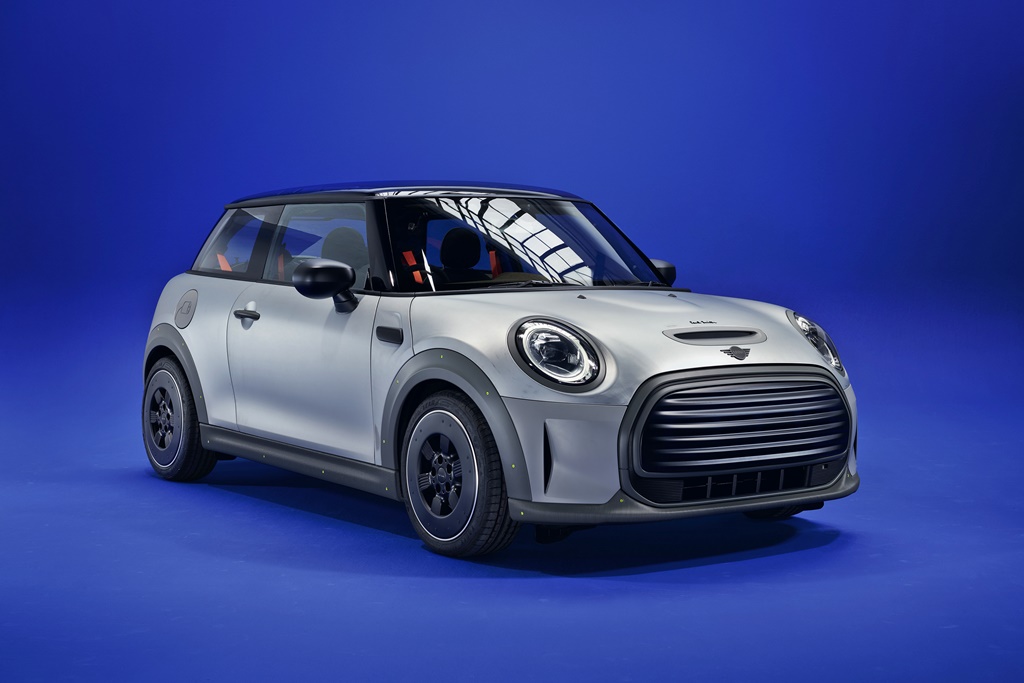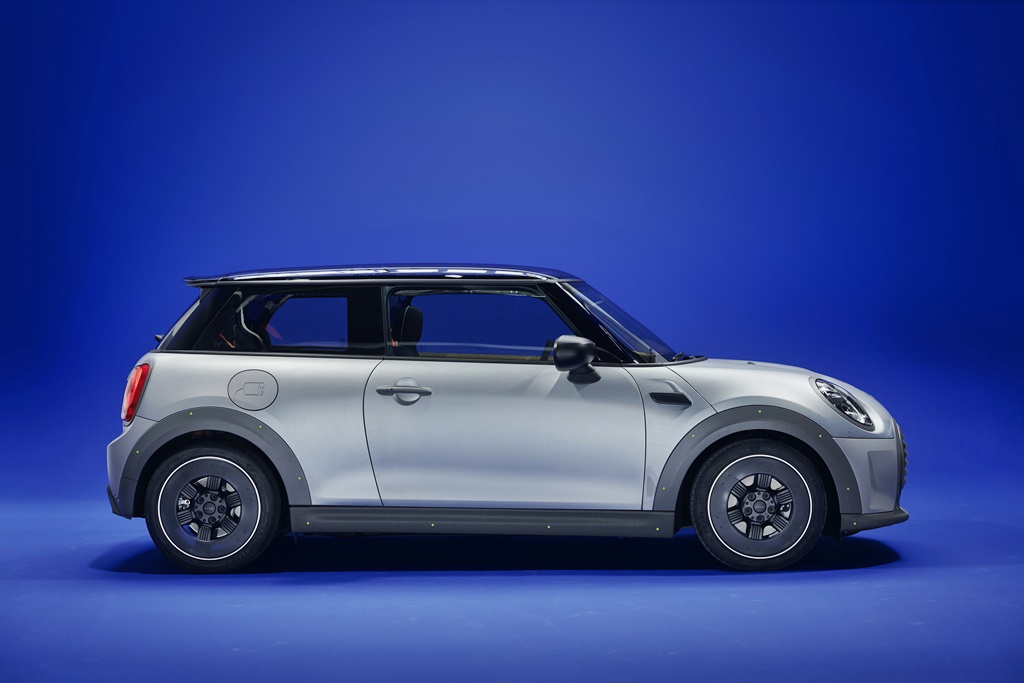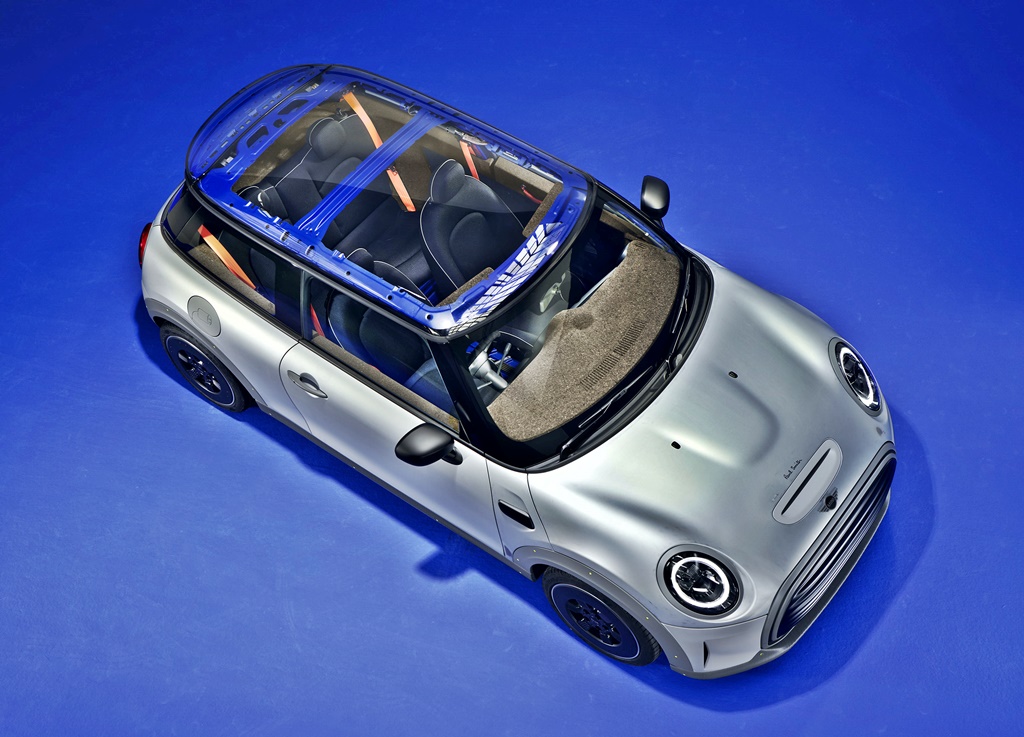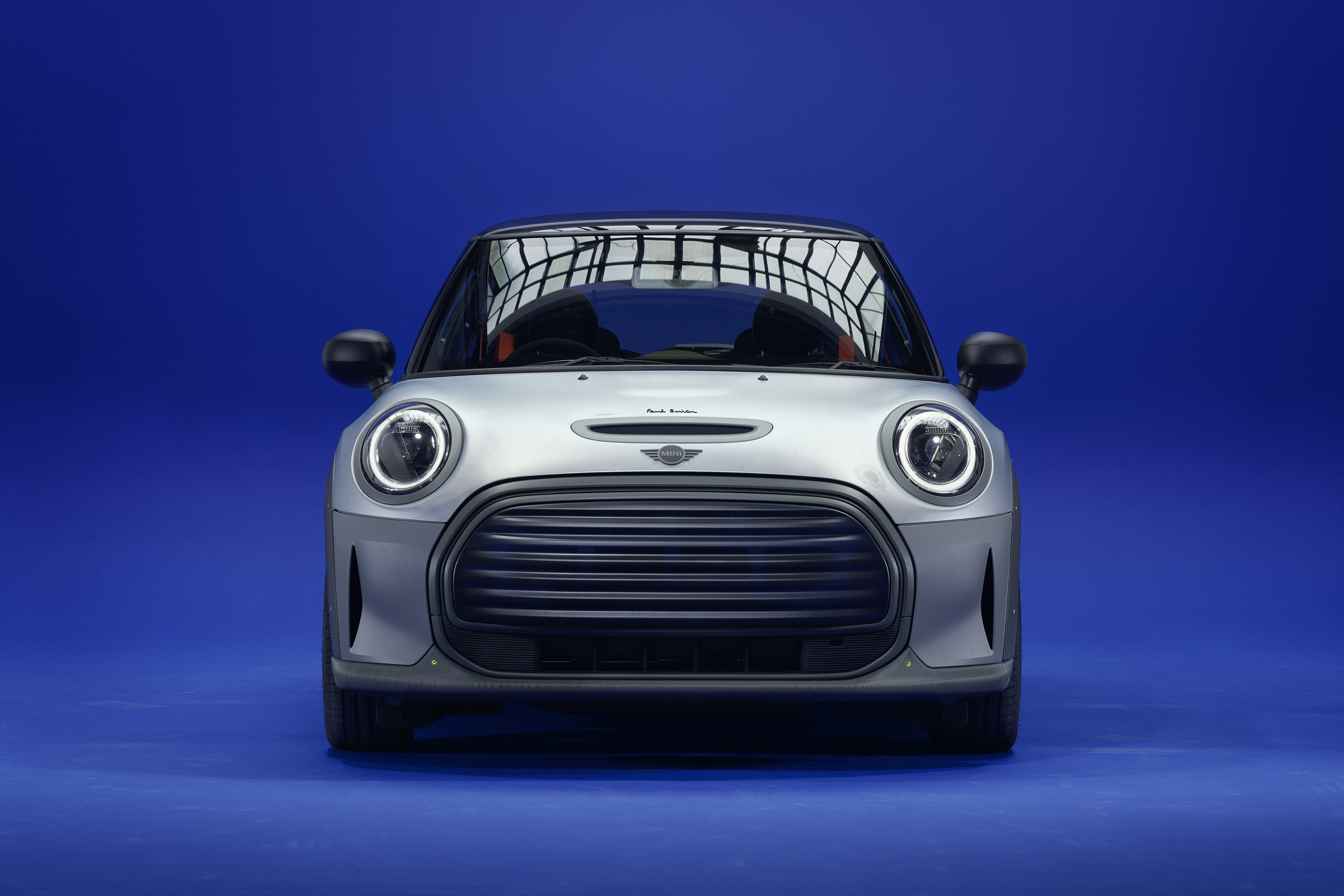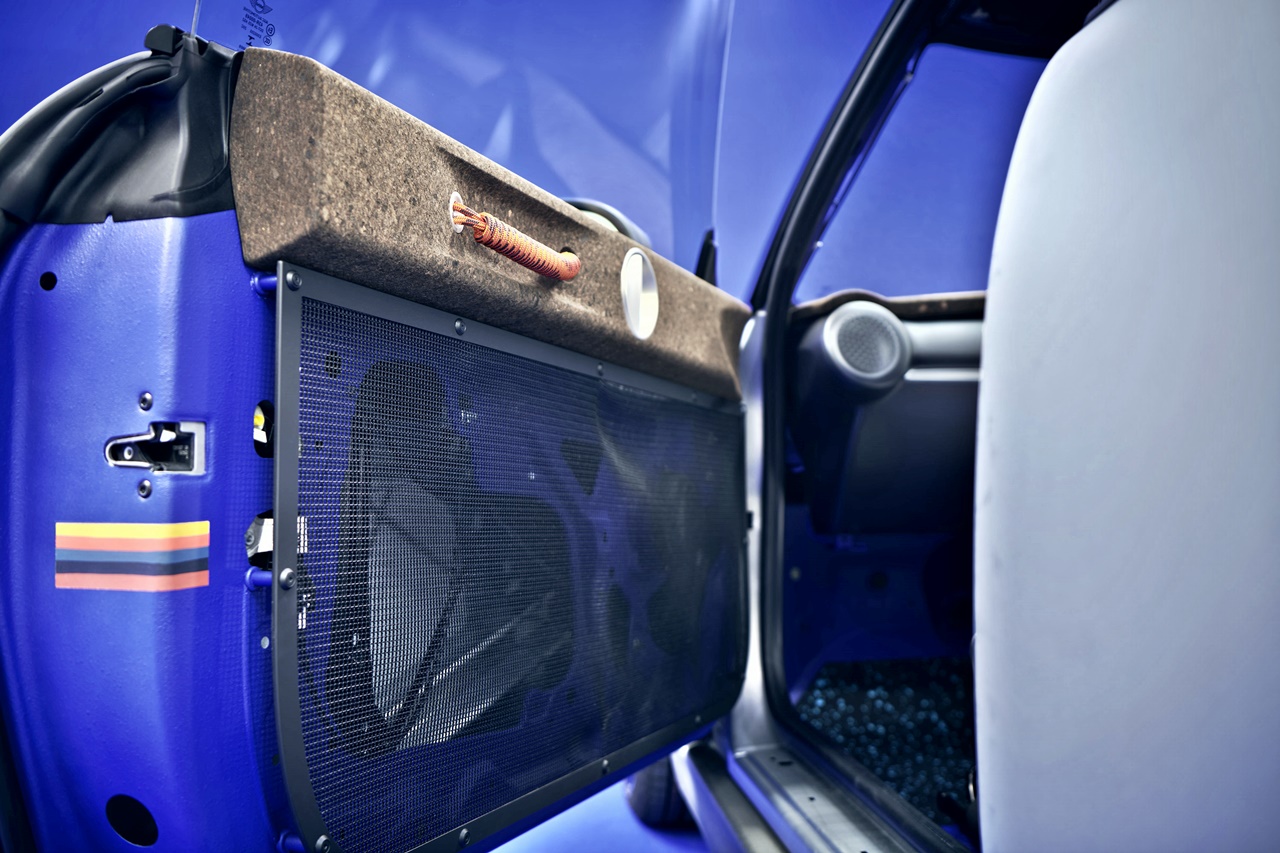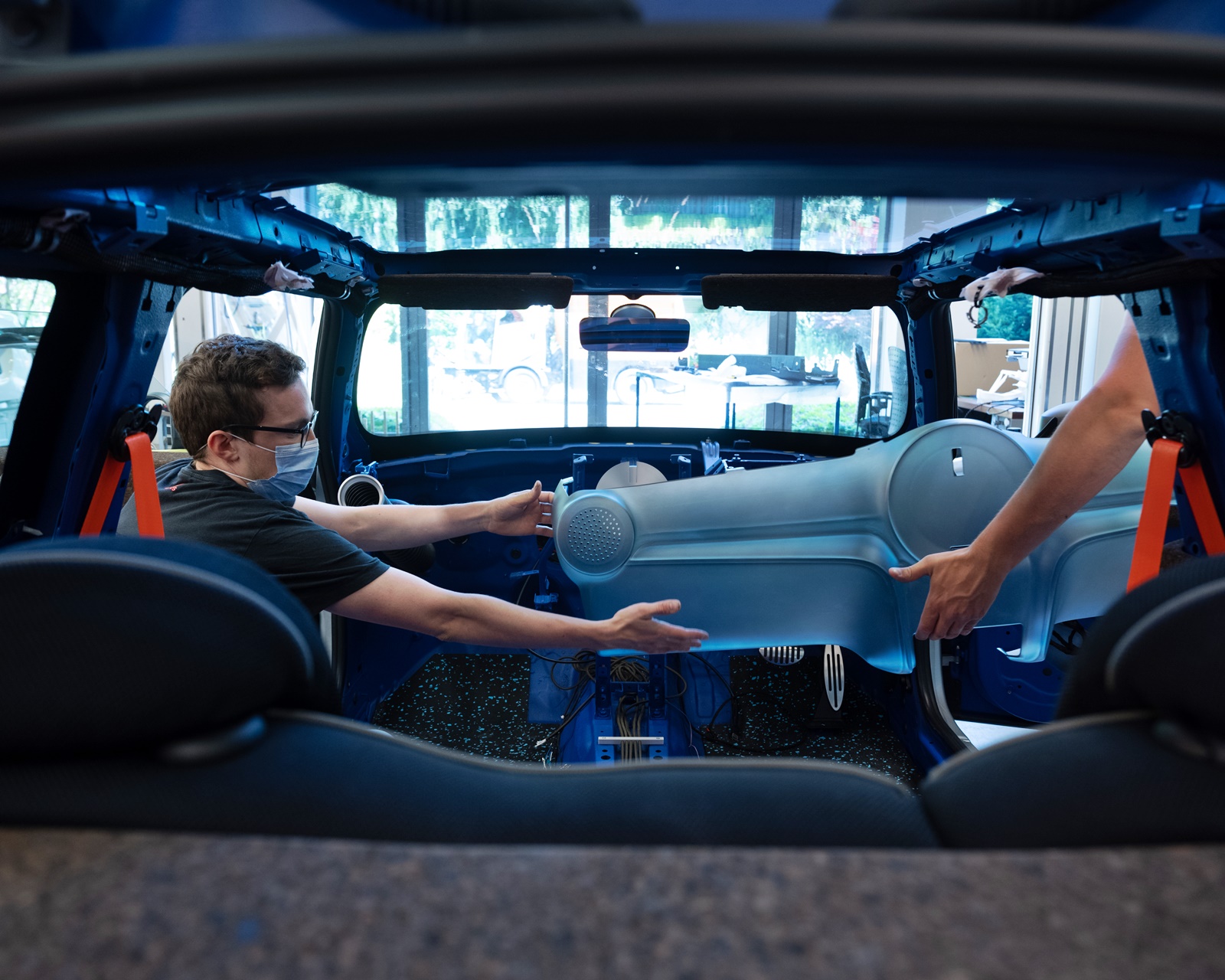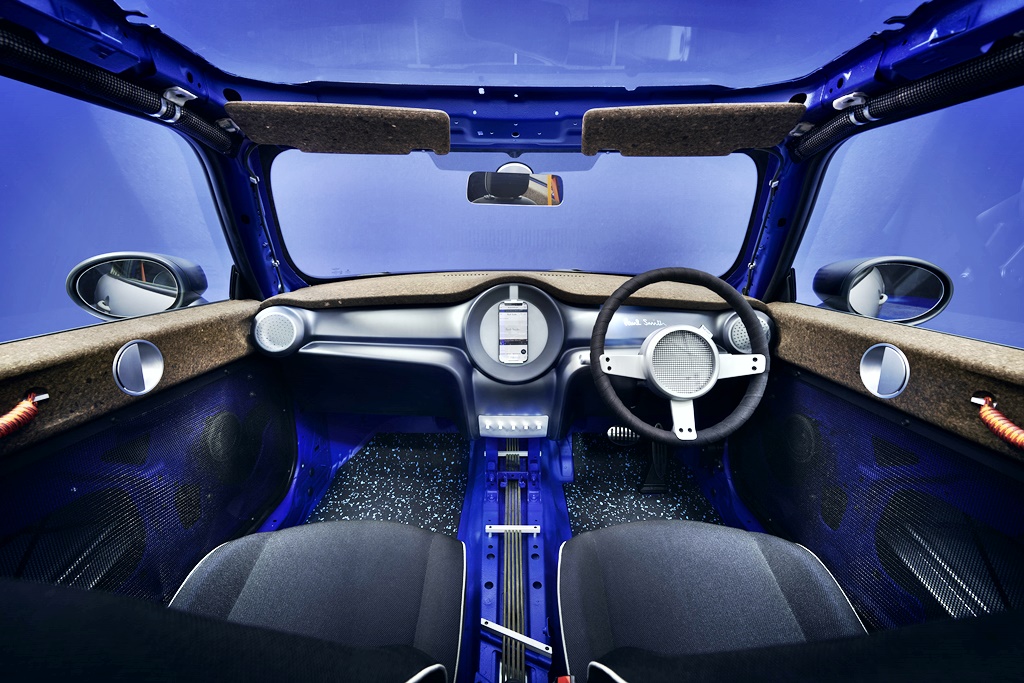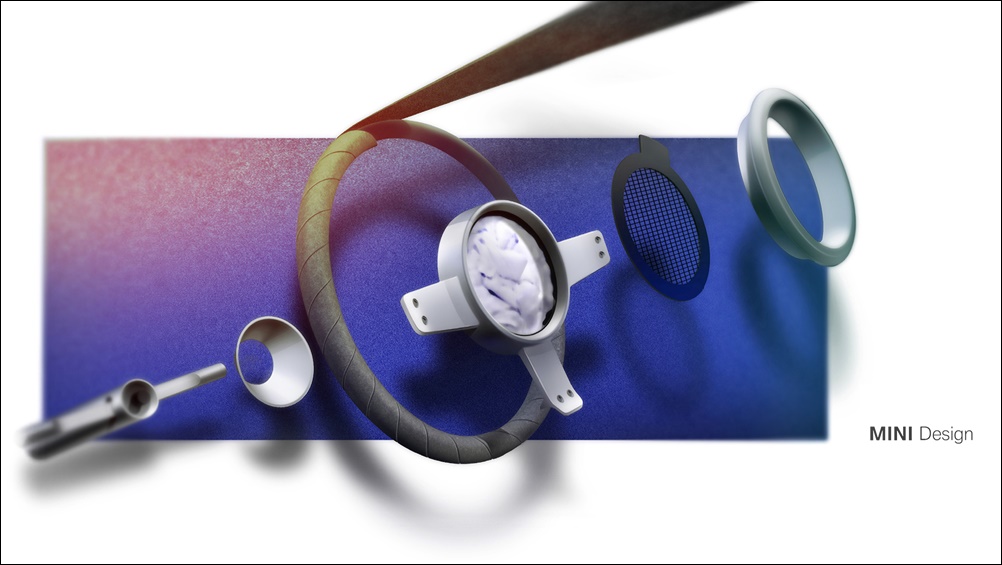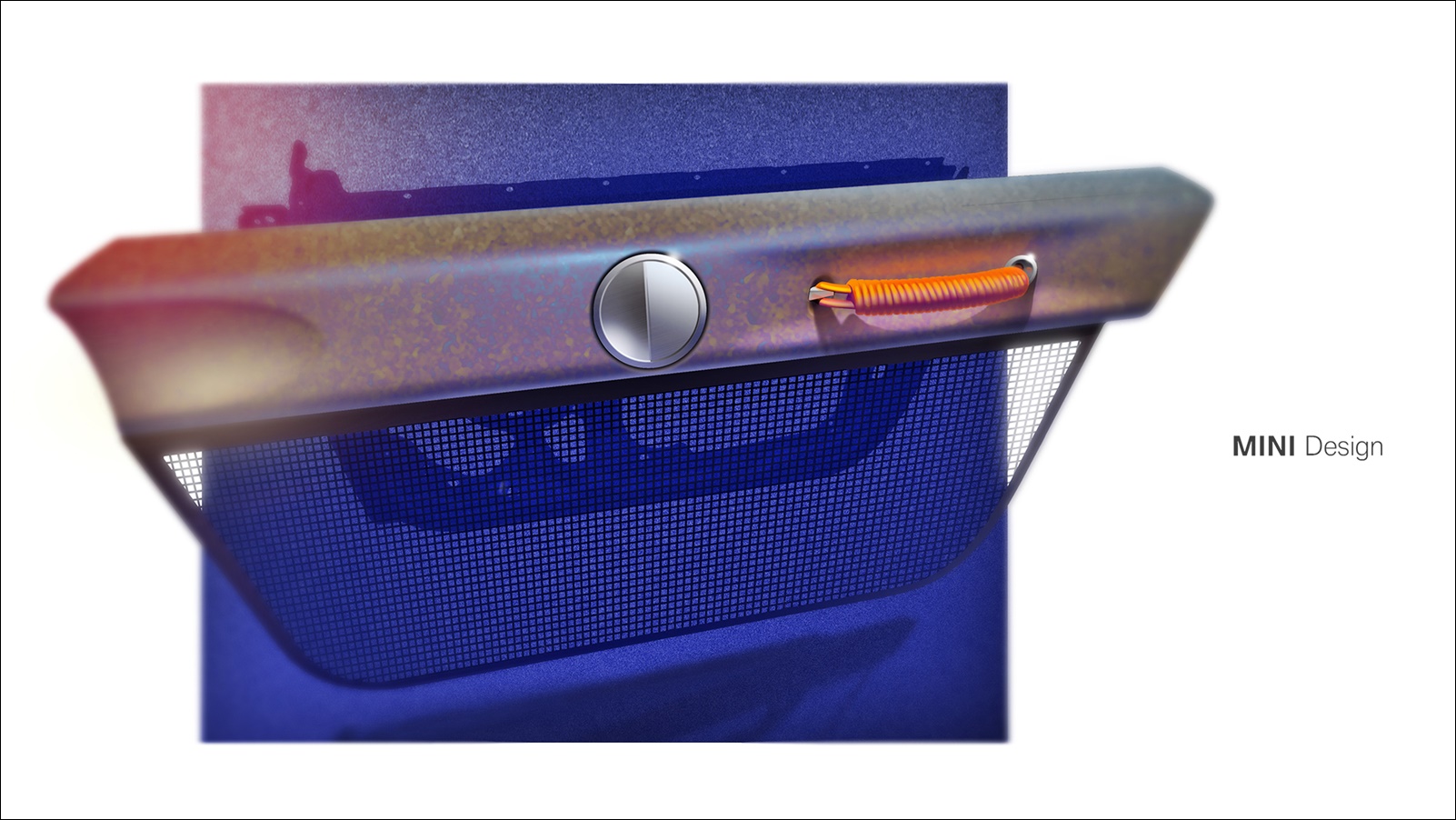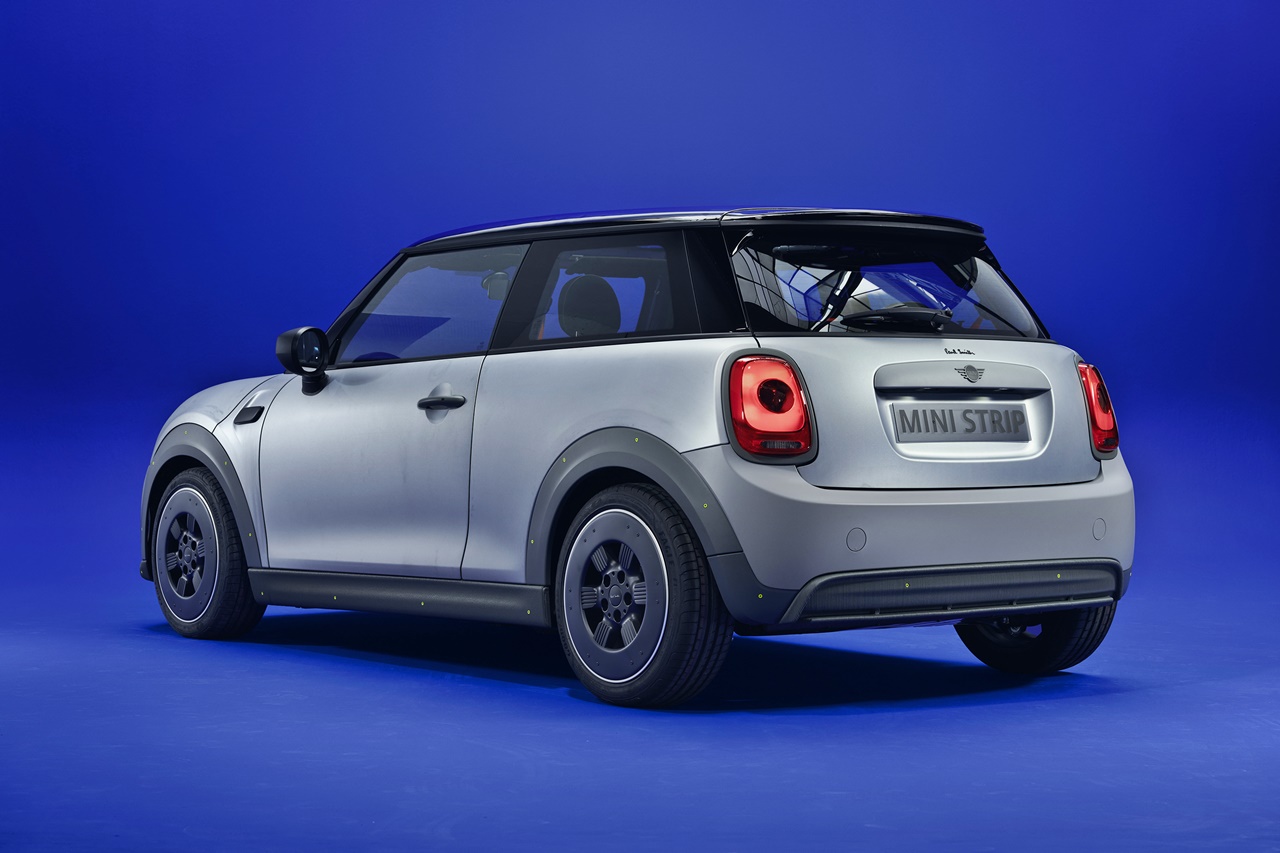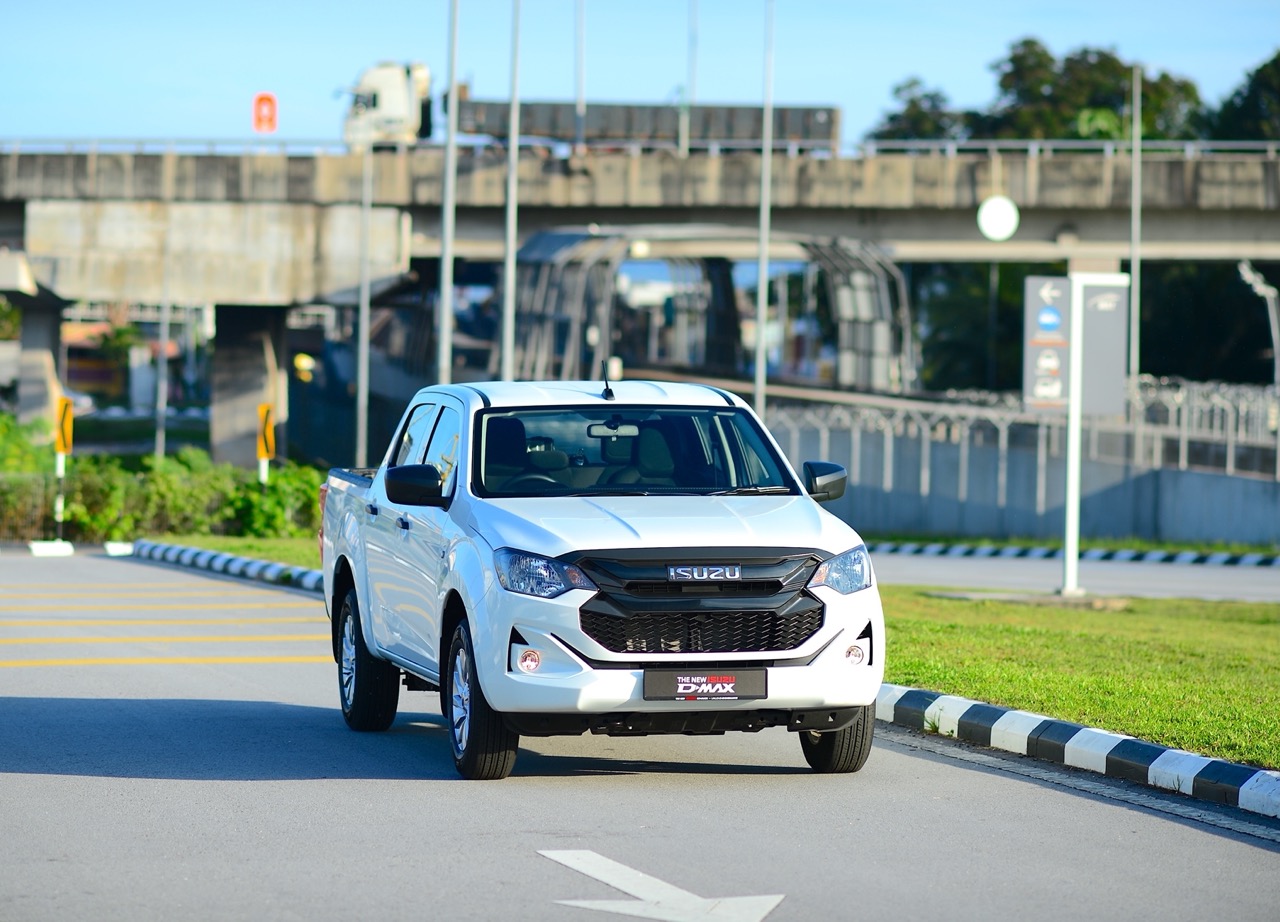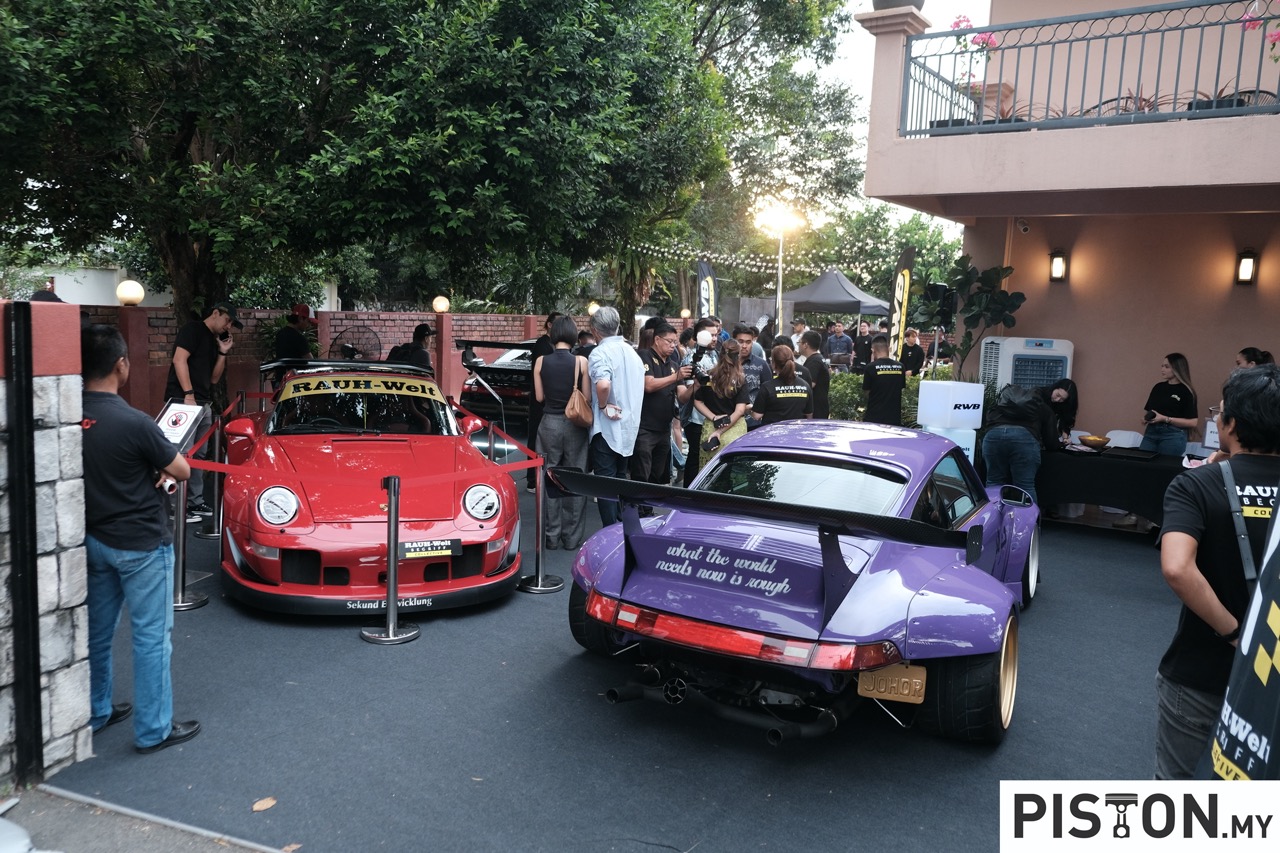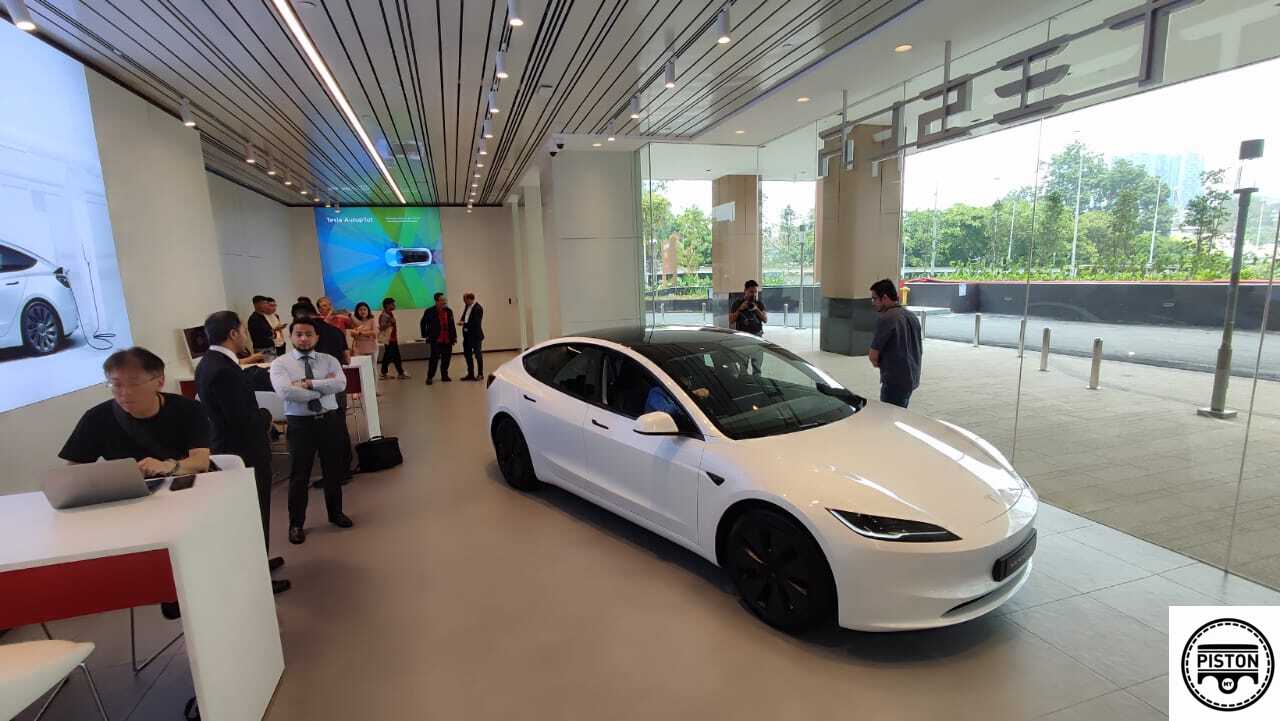It’s all about sustainability today, using materials and processes that do not deplete and to preserve the environment for future generations. In the auto industry, sustainability is pursued seriously in all areas and with the MINI STRIP, the British brand showcases inspirational ideas for a more sustainable method of automotive design.
A custom-made, one-off model co-created by MINI and Paul Smith, a well known fashion designers, the MINI STRIP is guided by the theme of ‘Simplicity, Transparency, Sustainability’. As the name suggests, the process began by completely stripping down a MINI Electric and reducing it to its structural essence. Only then were the elements that the designer viewed as absolutely necessary defined and implemented – with sustainability as the top priority.
Incidentally, the original Mini was also a model of simplicity, with a very basic but functional design that was space-efficient as well. Sir Alex Issigonis, the designer, made it easy to build and even thought that placing the speedometer in the centre would simplify having lefthand drive and righthand drive versions. It’s a feature which continues to this day in the modern MINI though not for the same reason.
An outside perspective
As a designer with a passion for bicycles, books and much more, Smith asked questions that provided fresh energy to explore beyond the obvious. The joint design process applied the principles of maximum reduction, to produce a minimalist, high-class design with a fresh and unconventional appeal.
Raw materials are a very deliberate part of the exterior design – the body was left in its unfinished state with no coloured paint applied, but instead just a thin film of transparent paint to protect against corrosion. Grinding marks from the factory have been consciously left intact on the galvanised steel panels to clearly identify the car as a functional object. This intentionally rough-hewn effect was dubbed ‘the perfect imperfection’ by Smith.
‘Unaffected expressiveness’ of the materials
Parts of the MINI black band have been 3D-printed from recycled plastic and their basic material qualities have been left exposed – like the metal panels. Visible screws in the add-on parts show how simple dismantling would be and how easily the vehicle could be reincorporated into the raw-material cycle at the end of its service life. The functional and distinctive front and rear apron inserts were also manufactured via a 3D printing process, which produced their striking texture.
The blanked-off radiator grille and its wheel covers help to reduce drag, thereby increasing its theoretical range. The grille trim and aerodynamic covers on the wheels are made from recycled Perspex, saving both weight and resources. Recycled perspex was also used for the large panoramic roof that allows curious eyes to view the largely bare structure of the bodyshell inside.
‘Simplicity and Transparency’ inside
Smith calls the MINI STRIP a ‘classic with a twist’ – both refer to unexpected details that are only revealed through the designers’ work at a second or third glance. Opening the doors reveals the signature Paul Smith stripes in a vivid composition of 5 colours; the charging flap adds a splash of neon green when opened, while the engraved drawing of an electric plug on the flap is Smith’s own work.
Inside, all trim parts have been purposefully omitted (with the exception of the dashboard, topper pad and parcel shelf), turning the bodyshell into the dominant visual feature of the cabin. It has been coloured blue at the explicit request of Smith, producing a particularly eye-catching effect. The exposed, basic material and intense blue tone give the interior an aesthetic appeal all of its own; it is bare yet feels ‘dressed’ at the same time.
Instead of the usual multi-part design, the dashboard consists of one large, semi-transparent section with a smoked-glass finish. Taking its cue from MINI design’s traditional use of circular elements, the geometry has been simplified with a graphical interpretation. However, the classic centre meter is omitted, leaving the driver’s smartphone to take centrestage instead. It is placed where the centre display would normally be, connects automatically to the car and becomes the media control centre. The only physical controls in the interior are located lower in the centre stack, where the toggle switches for the power windows and the start/stop function can be found.
Innovative materials
Alongside the minimalist design inside the MINI STRIP, the use of recycled, environment-friendly materials also underpins the car’s sustainability credentials. The interior is free of both leather and chrome, with the seats upholstered in a knitted fabric. The completely mono-material design for the seat coverings means they are fully recyclable – including the piping – allowing material circularity to be maintained.
The floormats are made from recycled rubber with their terrazzo-like pattern a by-product of the recycling and manufacturing process, positively showcasing the multi-coloured constituent elements enjoying a second life as part of this material.
Minimalist and functional
The steering wheel, which is also a focal point of the interior, has been reduced to the most essential functions. Its rim has been wrapped in handlebar tape in true road bike style. Three aluminium spokes connect the rim to the steering wheel’s impact absorber, whose mesh covering makes it possible to see the airbag behind.
As on the outside of the car, there are visible screws showing how easy it would be to dismantle the steering wheel at a later date and reuse the aluminium. The door panels are made from the same mesh material that covers the airbag, enabling the door structure to be clearly seen behind the mesh panels, which are held within a frame. The transparency of the knitted mesh changes according to the angle of view, adding a further dimension to the interior’s appearance.
The pull handles in the door shoulders are made from wound climbing rope and, together with the matching seat belts, liven up the interior with their bright orange finish. Like the pull handles, the door openers in milled aluminium are housed in the cork door shoulders and provide a high-class finishing touch for the door area.
As the eye wanders further up the door, it arrives at the exposed airbag unit in the roof pillar. This has the same effect as the visible cable routing in the interior – deliberately drawing attention to functions that are normally concealed during manufacture.
The MINI STRIP translates MINI’s ‘Creative Use of Space’ philosophy into a radical and fundamental redesign of a MINI – especially in the interior. As such, it can provide a catalyst for more sustainable use of resources in automotive design.




